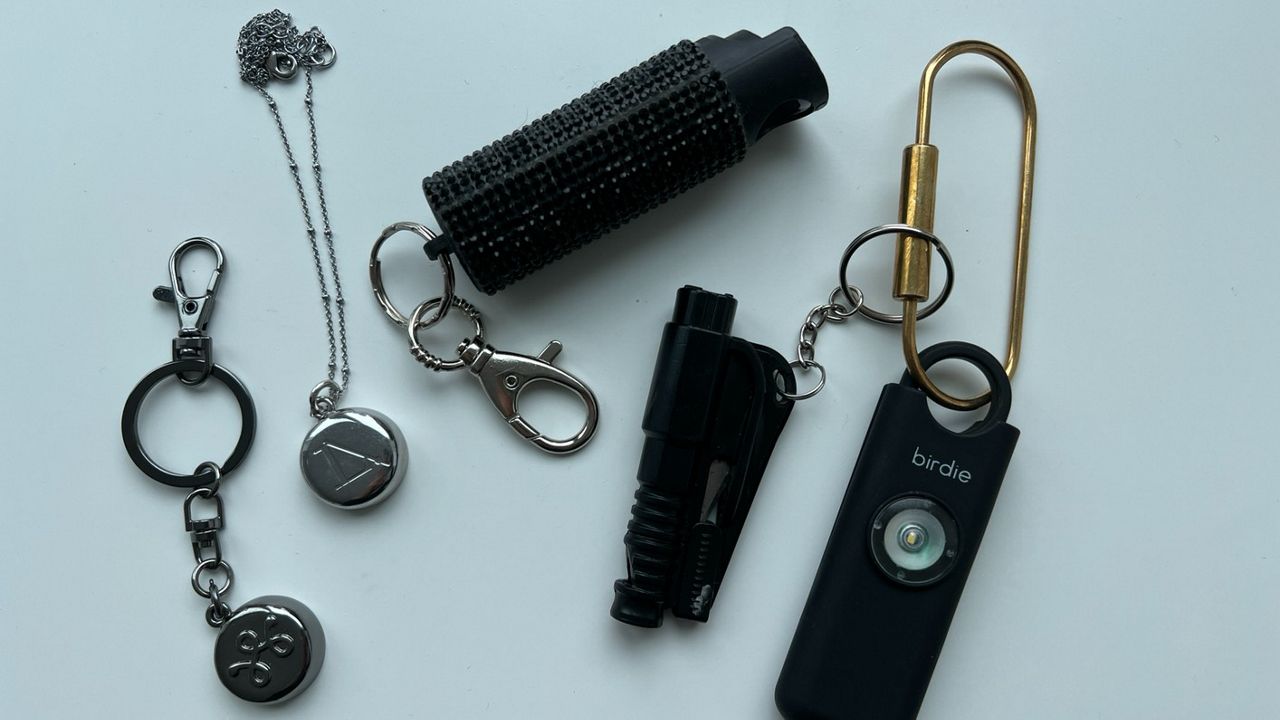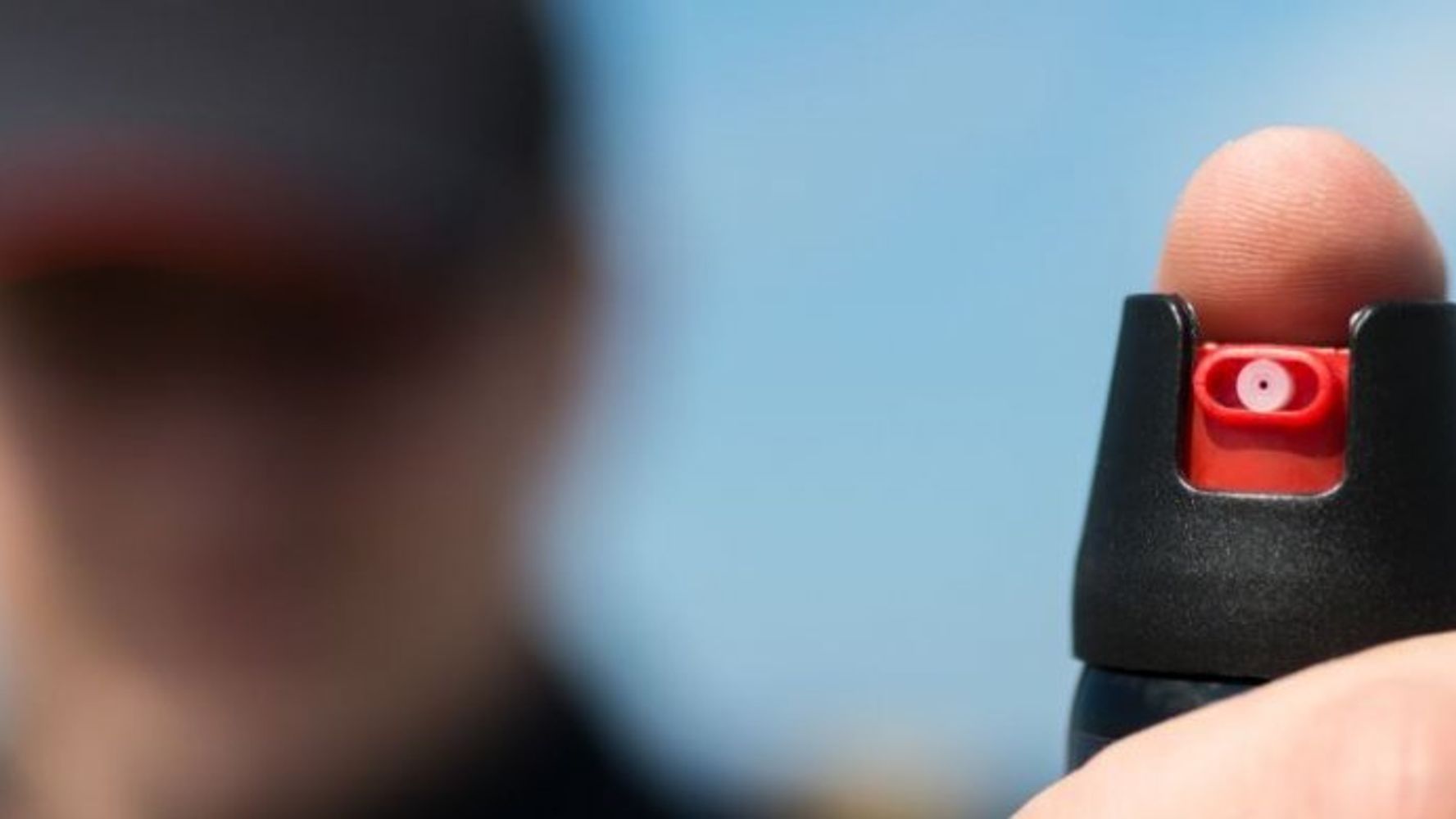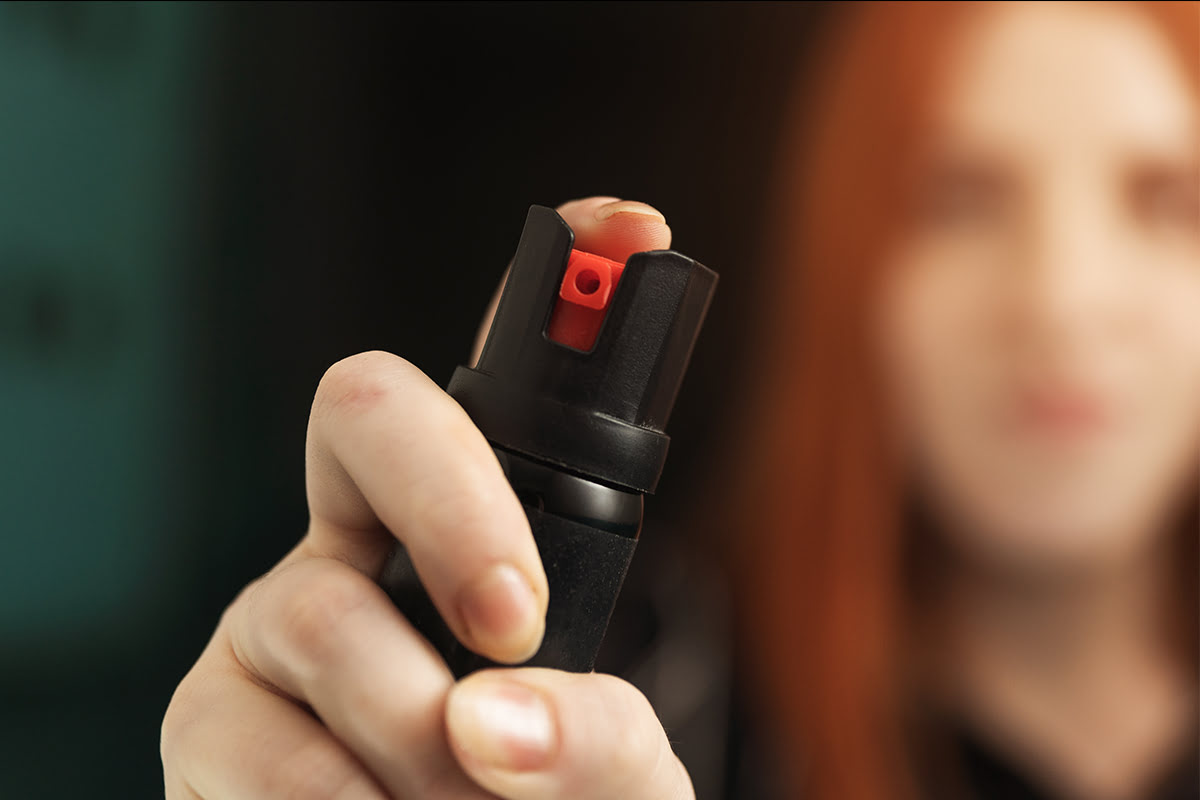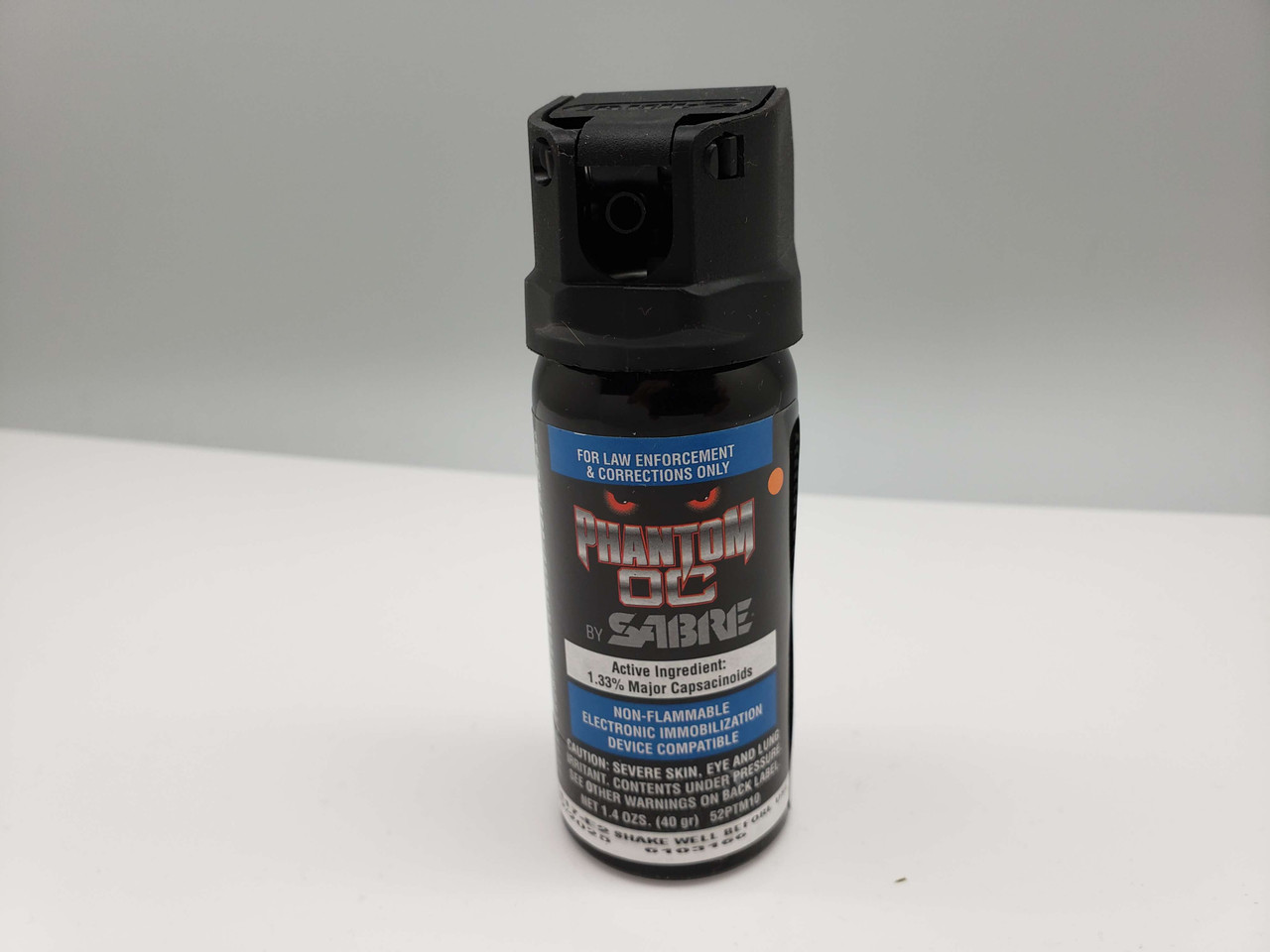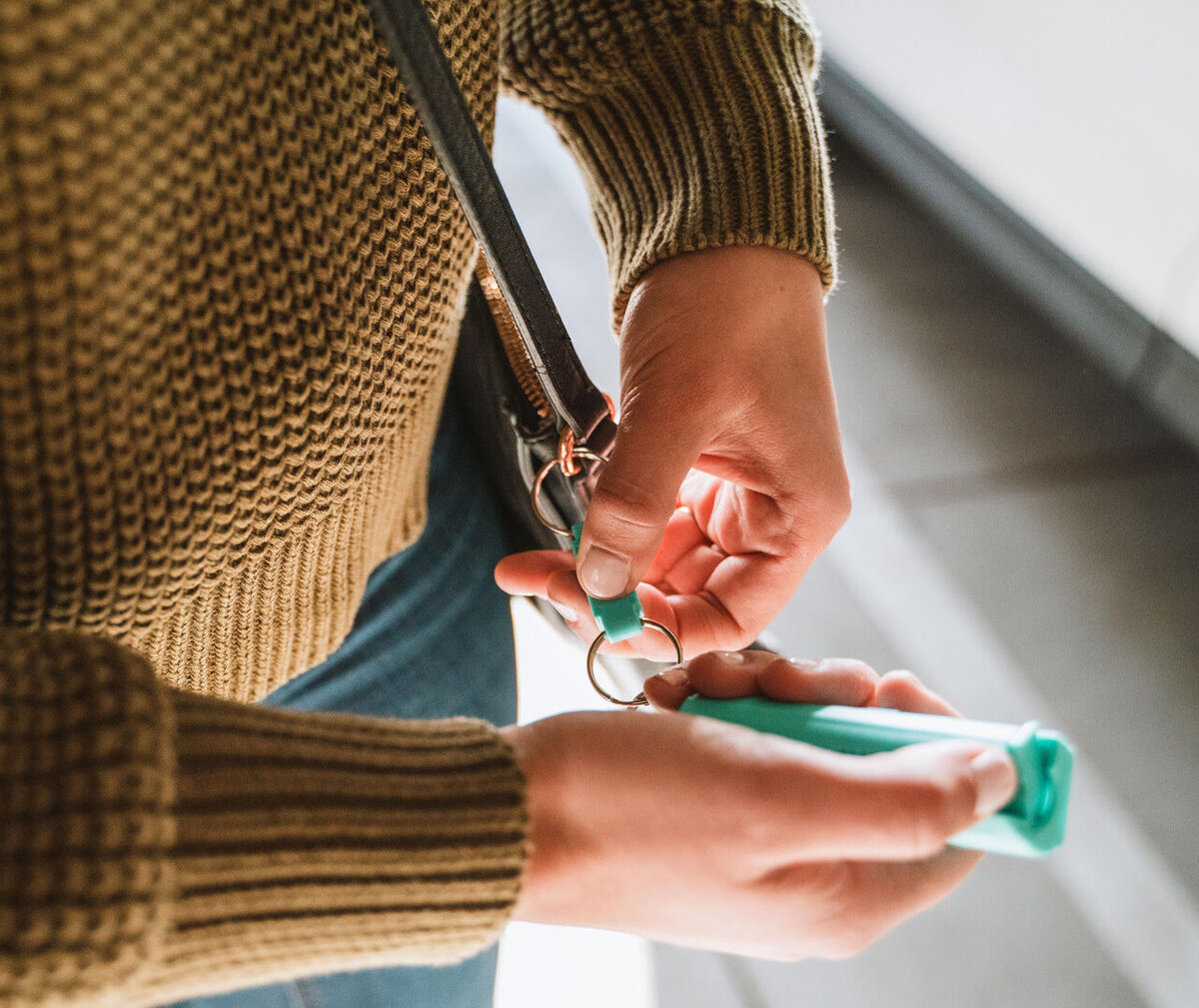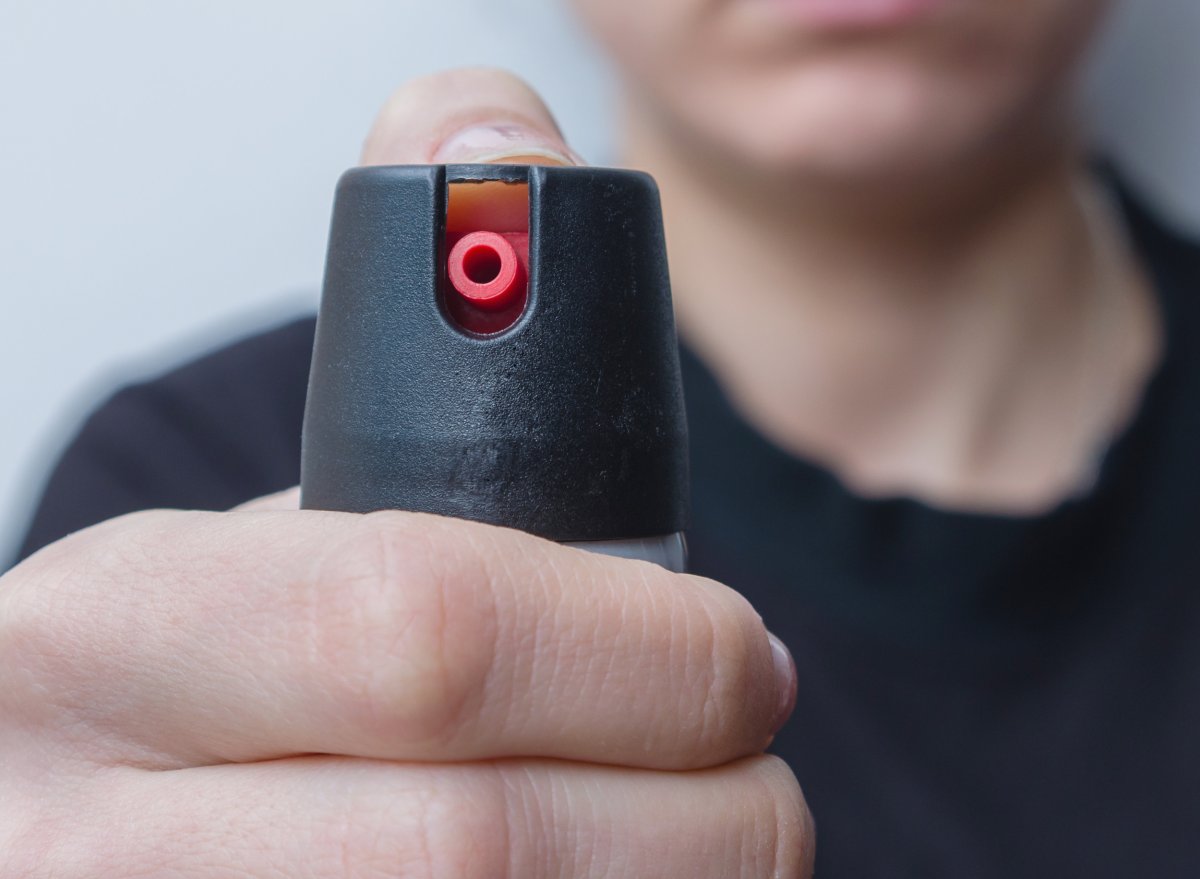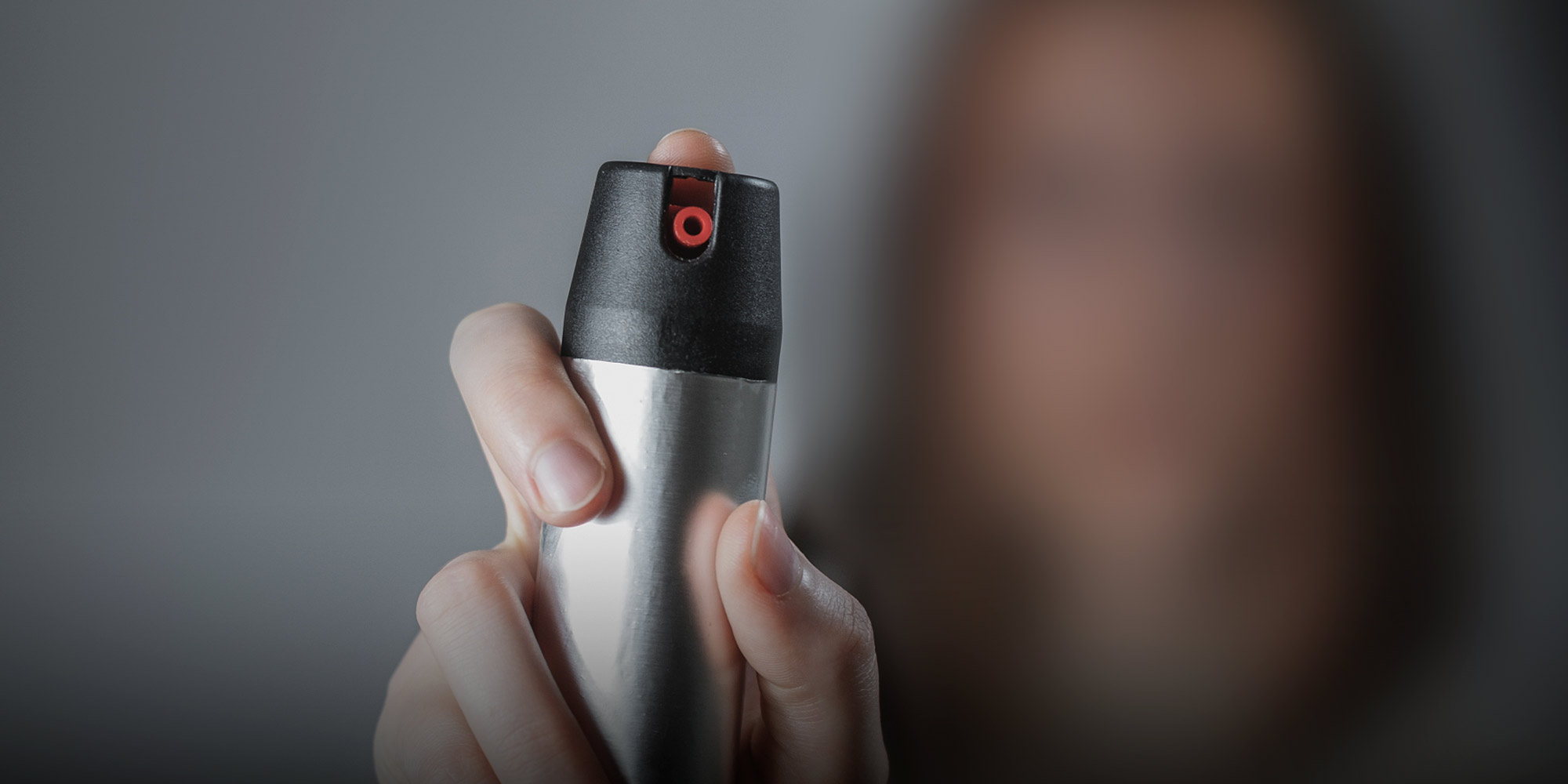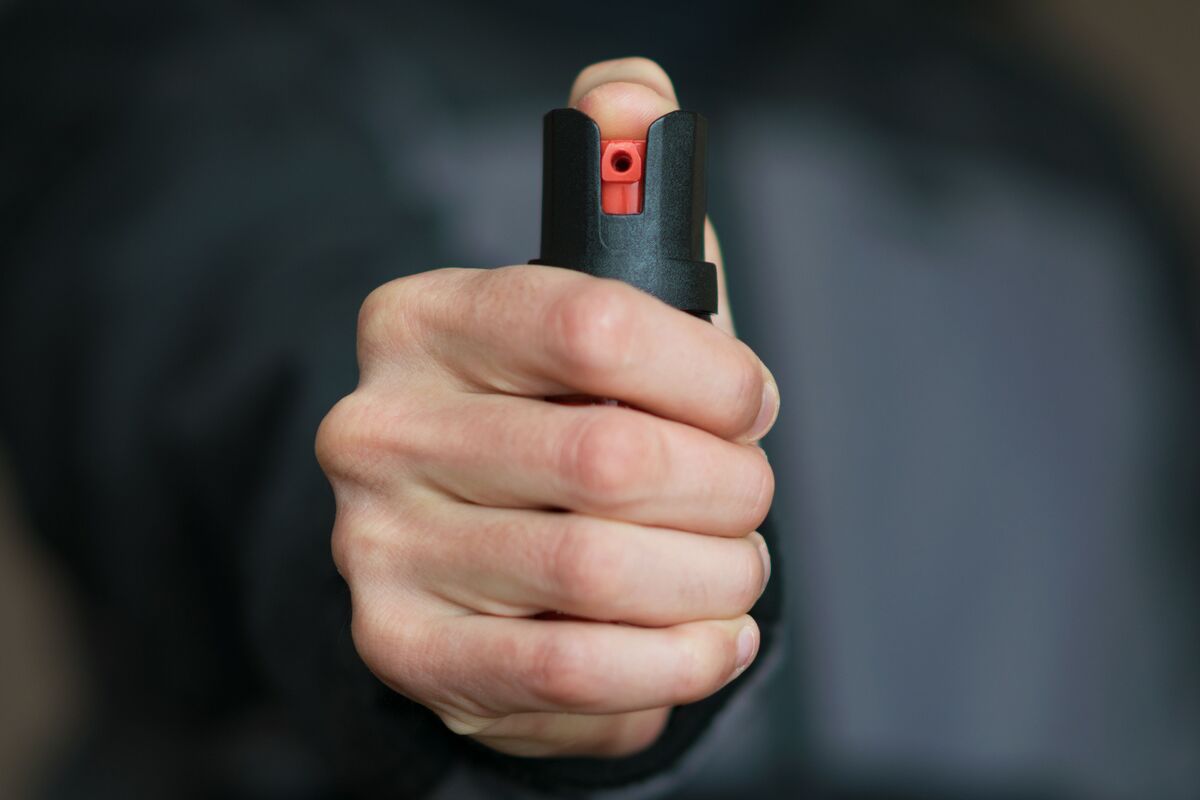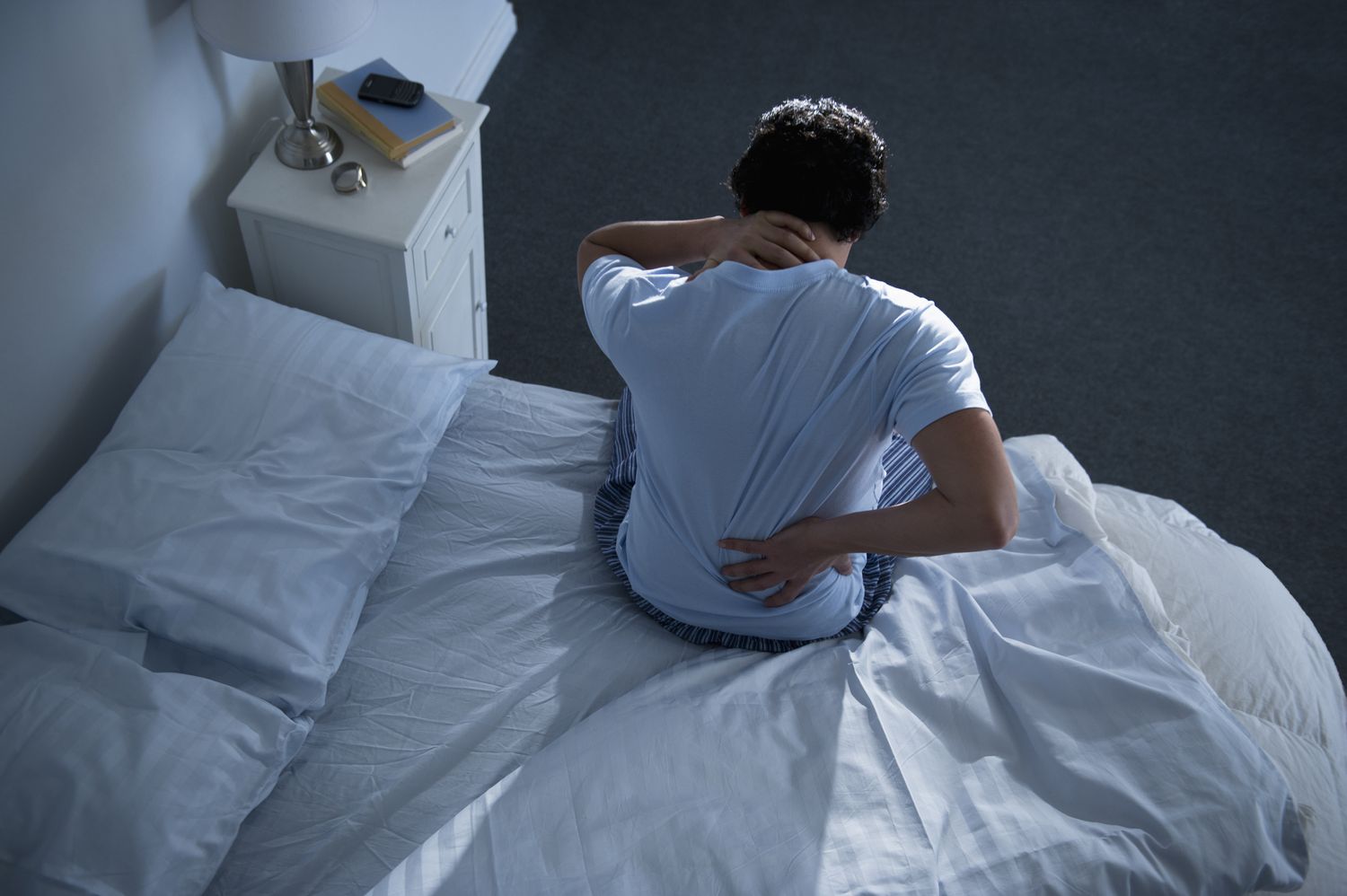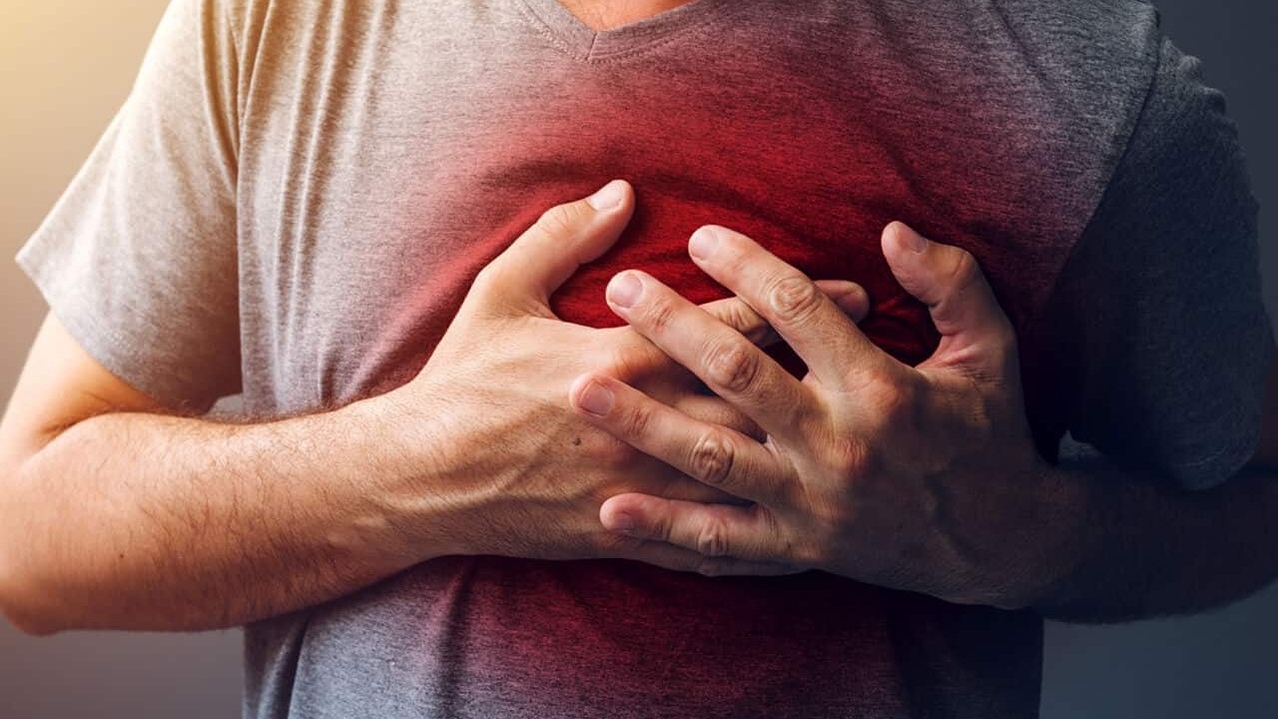Home>Home Security and Surveillance>Why Does Pepper Spray Hurt
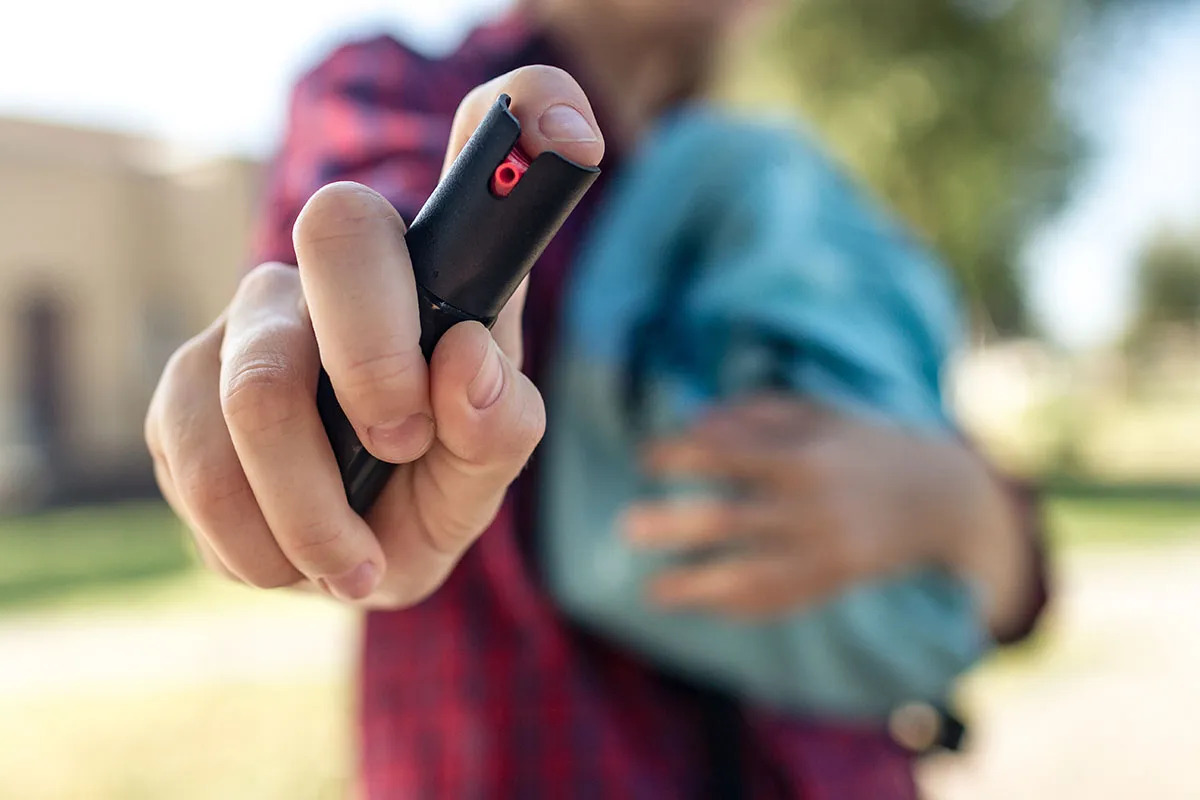

Home Security and Surveillance
Why Does Pepper Spray Hurt
Modified: March 6, 2024
Discover why pepper spray hurts and how it enhances home security and surveillance measures. Protect your loved ones with this effective self-defense tool.
(Many of the links in this article redirect to a specific reviewed product. Your purchase of these products through affiliate links helps to generate commission for Storables.com, at no extra cost. Learn more)
Introduction
Welcome to the world of home security and surveillance! When it comes to protecting your loved ones and belongings, having a reliable security system in place is crucial. One effective tool that has gained popularity in recent years is pepper spray. This powerful defense mechanism can help ward off potential threats and provide you with the peace of mind you deserve.
Pepper spray, also known as oleoresin capsicum (OC) spray, is a non-lethal self-defense weapon that works by temporarily incapacitating an assailant. It is widely used by law enforcement personnel, security guards, and ordinary individuals who value personal safety.
In this article, we will explore the chemical composition of pepper spray, how it works, its effects on the body, factors that influence the pain caused by its use, immediate first aid measures, and alternative options available in the market.
Before we dive into the details, it’s important to note that while pepper spray can be an effective tool for personal defense, it is not a substitute for professional security systems. It is just one of the many tools you can use to bolster your overall home security strategy.
So, if you’re ready to arm yourself with knowledge, let’s begin our journey into the fascinating world of pepper spray!
Key Takeaways:
- Pepper spray, made from hot chili peppers, causes temporary discomfort by irritating the eyes, respiratory system, and skin. Understanding its effects and first aid measures is crucial for responsible use.
- Factors like capsaicin concentration, exposure duration, and individual sensitivity influence the pain caused by pepper spray. Exploring alternative self-defense options and proper training is essential for personal safety.
Read more: What Hurts More: Taser Or Pepper Spray
Chemical Composition of Pepper Spray
Pepper spray is made from the extract of hot chili peppers, typically cayenne or habanero peppers. The active ingredient in pepper spray is capsaicin, a chemical compound found in the oily resin of these peppers. Capsaicin is responsible for the intense burning sensation experienced when pepper spray comes into contact with the skin, eyes, or respiratory system.
The level of capsaicin in pepper spray is measured in Scoville Heat Units (SHU). The higher the SHU value, the greater the concentration of capsaicin, and consequently, the more potent the pepper spray. Most commercial pepper sprays range from 2 million to 5 million SHU, although some law enforcement-grade sprays can reach up to 15 million SHU.
In addition to capsaicin, pepper spray may also contain other ingredients such as water, propylene glycol, and a small amount of a carrier agent. These additional components help to disperse the capsaicin and improve the spray’s effectiveness.
The formulation of pepper spray can vary depending on the brand and purpose. For example, there are different variations of pepper spray specifically designed for personal defense, law enforcement, or animal deterrence. Some formulations may also include UV dyes, which can help in identifying an assailant after the spray has been deployed.
It is important to note that pepper spray is typically labeled with its chemical makeup and potency. Be sure to read and understand the content of the pepper spray you purchase, as different formulations may have varying effects on an attacker.
Now that we understand the chemical composition of pepper spray, let’s explore how it actually works to incapacitate an assailant.
How Pepper Spray Works
Pepper spray is designed to cause temporary incapacitation and extreme discomfort to an attacker. When sprayed, the fine mist or stream of liquid containing capsaicin irritates the eyes, respiratory system, and skin, thereby disabling the assailant momentarily.
When pepper spray comes into contact with the eyes, it causes intense pain, swelling, and temporary blindness. The capsaicin stimulates the nerves in the eyes, triggering a response from the body to flush out the irritant. This leads to excessive tearing, burning sensations, and temporary loss of vision.
Additionally, when inhaled, pepper spray irritates the respiratory system, causing coughing, choking, and difficulty breathing. The capsaicin particles irritate the mucous membranes in the nose and throat, leading to the sensation of suffocation or the inability to breathe properly. This can incapacitate an attacker, giving you the opportunity to escape or seek help.
Pepper spray also affects the skin, causing a burning sensation and inflammation upon contact. The capsaicin can penetrate the pores, leading to a painful and irritating sensation that can linger for several minutes or even hours.
The effects of pepper spray vary depending on the individual and the concentration of capsaicin in the spray. Factors such as the person’s tolerance to pain, overall health, and the amount of exposure to the spray can influence the severity and duration of the effects.
It is important to remember that pepper spray is intended for self-defense purposes only and should never be used to intentionally harm or incapacitate another person, unless in a life-threatening situation.
Now that we understand how pepper spray works, let’s delve into the effects it can have on the body.
Effects of Pepper Spray on the Body
Pepper spray can have a range of effects on the body, depending on the individual’s sensitivity and the concentration of capsaicin in the spray. While the primary goal is to disable an attacker temporarily, it is important to be aware of the potential effects and take appropriate precautions.
When pepper spray comes into contact with the eyes, it causes intense pain, redness, swelling, and temporary blindness. The capsaicin irritates the nerve endings in the eyes, leading to excessive tearing and a stinging sensation. Vision may become blurry or completely obscured, making it difficult to see and navigate the surroundings.
Inhaling pepper spray can lead to respiratory distress, coughing, choking, and shortness of breath. The capsaicin particles irritate the mucous membranes in the nose, throat, and lungs, causing discomfort and breathing difficulties. In some cases, individuals may experience wheezing or a feeling of suffocation.
Pepper spray also affects the skin, causing a burning sensation, redness, and inflammation upon contact. The intensity of the burning sensation can vary depending on the concentration of capsaicin and the duration of exposure. Skin may become irritated, swollen, and may develop a temporary rash or blister-like welts.
In addition to the immediate effects, individuals exposed to pepper spray may experience secondary symptoms such as headache, dizziness, nausea, and disorientation. These symptoms are typically short-lived and subside once the effects of the pepper spray wear off.
It is important to note that while pepper spray is considered a non-lethal self-defense tool, individuals with pre-existing respiratory conditions, such as asthma or chronic bronchitis, may be at a higher risk of experiencing severe reactions. Pregnant women and individuals with allergies to chili peppers should also exercise caution when considering the use of pepper spray.
Now that we understand the effects of pepper spray on the body, let’s explore the factors that can influence the pain caused by its use.
When exposed to pepper spray, the active ingredient, capsaicin, binds to pain receptors in the skin, causing a burning sensation. To alleviate the pain, rinse the affected area with cold water and avoid rubbing it.
Factors that Influence the Pain Caused by Pepper Spray
The pain caused by pepper spray can vary depending on several factors. Understanding these factors can help you better assess the potential effects and choose the appropriate pepper spray for your self-defense needs.
1. Concentration of Capsaicin: The potency of pepper spray is determined by the concentration of capsaicin, measured in Scoville Heat Units (SHU). Higher SHU values indicate a higher concentration of capsaicin and, consequently, a more potent spray. A higher concentration of capsaicin can result in more intense pain and longer-lasting effects.
2. Distance and Duration of Exposure: The distance between the assailant and the person deploying the pepper spray, as well as the duration of exposure, can influence the pain experienced. Spraying an assailant from a closer distance increases the intensity of the spray, while a longer exposure time allows more capsaicin to come into contact with the skin, eyes, or respiratory system.
3. Individual Sensitivity: Each person’s tolerance to pain and sensitivity to capsaicin can vary. Factors such as overall health, previous exposure to pepper spray, and individual pain thresholds can influence the level of discomfort experienced. Some individuals may be more resistant to the effects of pepper spray, while others may be more susceptible to its pain-inducing properties.
4. Environmental Conditions: Environmental factors, such as wind or humidity, can impact the effectiveness of pepper spray. Wind can disperse the spray and reduce its concentration, potentially diminishing its effects. It is important to consider these conditions when using pepper spray outdoors, ensuring that the spray is aimed directly at the intended target.
5. Proper Technique: The way in which pepper spray is deployed can also affect its effectiveness. Proper aim and technique can increase the chances of hitting the assailant directly and maximizing the spray’s impact. Training and practice can help improve accuracy and ensure its efficient use in a real-life situation.
Remember, pepper spray is meant to be a tool for personal defense and should be used responsibly and in accordance with local laws and regulations. Understanding these factors can help you make an informed decision when selecting a pepper spray that suits your needs.
Now that we have looked at the factors that influence the pain caused by pepper spray, it’s important to know how to provide immediate first aid in the event of exposure.
Read more: Why Was Pepper Spray Invented
Immediate First Aid for Pepper Spray Exposure
If you or someone you know has been exposed to pepper spray, it’s important to take prompt action to minimize the effects and provide immediate relief. Follow these steps for immediate first aid:
- Move to a Well-Ventilated Area: If possible, move away from the area where the pepper spray was deployed and into a well-ventilated space. Fresh air will help alleviate the effects of the spray.
- Flush the Eyes: If the eyes have been exposed to pepper spray, flush them with cool water immediately. Tilt the head back slightly and splash water gently onto the eyes for several minutes. Avoid rubbing the eyes, as this can further distribute the capsaicin and worsen the discomfort.
- Remove Contaminated Clothing: If the pepper spray has come into contact with clothing, remove it as soon as possible to prevent further exposure. Be careful not to touch the contaminated areas of the clothing or spread the capsaicin to other parts of the body.
- Rinse Skin: If the skin has been directly exposed to the pepper spray, rinse the affected area with cool water. This will help remove any residue and alleviate the burning sensation. Avoid using soap or other cleansers, as they can further irritate the skin.
- Do Not Touch the Face: It’s important to avoid touching the face or any other part of the body that has been exposed to the pepper spray. Touching these areas can spread the capsaicin and intensify the discomfort.
- Seek Medical Attention if Needed: If the symptoms persist, worsen, or if there are signs of an allergic reaction, seek medical attention immediately. A healthcare professional can provide appropriate treatment and guidance based on the individual’s condition.
Remember, these first aid steps are meant to alleviate the immediate effects of pepper spray, but it is important to consult with a healthcare professional for further evaluation and care if necessary.
Now that we’ve covered immediate first aid, let’s explore the potential long-term effects of using pepper spray.
Long-Term Effects of Pepper Spray Use
While the immediate effects of pepper spray exposure are temporary, there may be some potential long-term effects to consider. It’s important to understand these potential risks and use pepper spray responsibly.
1. Skin Irritation: Prolonged or repeated exposure to pepper spray can cause persistent skin irritation. Some individuals may experience redness, itching, or a burning sensation that lasts beyond the initial exposure. It is recommended to thoroughly rinse and clean the affected area after pepper spray use to minimize the risk of long-term skin irritation.
2. Eye Damage: Although rare, there have been cases where pepper spray exposure resulted in eye damage or complications. Direct contact with the eyes can cause corneal abrasions or temporary vision impairment. If any eye-related symptoms persist or worsen after exposure, it is advisable to seek medical attention for further evaluation.
3. Respiratory Conditions: Individuals with pre-existing respiratory conditions, such as asthma or chronic bronchitis, may experience exacerbated symptoms after exposure to pepper spray. The capsaicin particles can irritate the airways and trigger coughing, wheezing, or shortness of breath. If you have a respiratory condition, it’s important to consult with a healthcare professional to determine the potential risks of using pepper spray.
4. Psychological Impact: Being exposed to pepper spray can be a traumatic experience, especially in cases of self-defense or during a threatening situation. The psychological impact can vary from person to person, with some individuals experiencing anxiety, fear, or heightened stress levels. Seeking support from friends, family, or professionals can be beneficial in dealing with the psychological effects of pepper spray use.
It is important to remember that these long-term effects are generally rare and occur in extreme cases. Still, it is crucial to use pepper spray responsibly and in accordance with local laws and regulations. Following proper safety protocols and being aware of potential risks can help minimize any long-term effects.
Now, let’s explore some alternatives to pepper spray that you may consider for personal defense.
Pepper Spray Alternatives
While pepper spray is a widely used and effective self-defense tool, there are other alternatives available that you may consider. These alternatives provide individuals with options that suit their personal preferences, situations, and comfort levels. Here are a few pepper spray alternatives to explore:
- Personal Alarms: Personal alarms are small devices that emit a loud and attention-grabbing noise when activated. These alarms can startle and deter potential attackers by drawing attention to the situation. They are compact and easy to carry, making them a convenient and non-violent option for self-defense.
- Tactical Flashlights: Tactical flashlights are not only useful for illuminating dark areas but can also be used as a self-defense tool. These flashlights are designed with a sturdy construction and may feature additional functions such as strobe modes or built-in striking bezels. They can disorient an assailant and give you an advantage in a threatening situation.
- Self-Defense Keychains: Self-defense keychains are compact and discreet tools that can assist in self-defense. They often feature sharp edges or pointed tips that can be used to deliver strikes to sensitive areas if needed. These keychains can be easily attached to your keys or carried in a bag or pocket.
- Stun Guns or Tasers: Stun guns or tasers are electronic devices that deliver a high-voltage shock to an attacker, temporarily immobilizing them. These devices can be effective in neutralizing an assailant, but they require close contact to be effective and may not be legal or suitable in all jurisdictions.
- Self-Defense Classes and Training: One of the most valuable alternatives to any self-defense tool is proper training and knowledge. Self-defense classes can teach you techniques to protect yourself and enhance your awareness and situational analysis skills. These classes empower individuals to be better prepared and respond effectively in threatening situations.
It’s important to remember that while these alternatives can be valuable tools in self-defense, each has its own limitations and considerations. It is essential to research, practice, and ensure you are abiding by any legal requirements or restrictions in your area.
Final Words
When it comes to personal safety and home security, having the right tools and knowledge is crucial. Pepper spray is just one option among many available to protect yourself and your loved ones. Assess your personal needs, consider the alternatives, and take the time to learn proper usage and safety guidelines for any self-defense tool you choose. Remember that personal safety is a priority, and being prepared plays a vital role in ensuring peace of mind and confidence.
Frequently Asked Questions about Why Does Pepper Spray Hurt
Was this page helpful?
At Storables.com, we guarantee accurate and reliable information. Our content, validated by Expert Board Contributors, is crafted following stringent Editorial Policies. We're committed to providing you with well-researched, expert-backed insights for all your informational needs.
